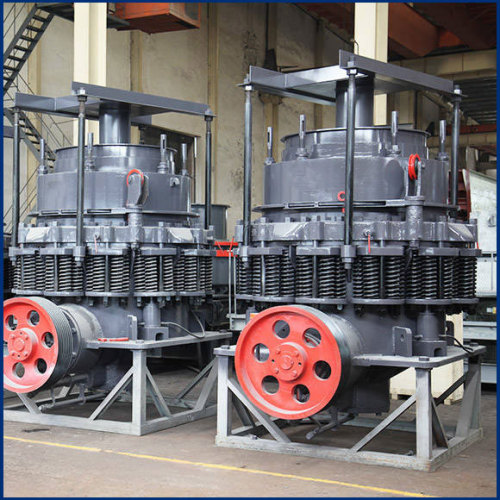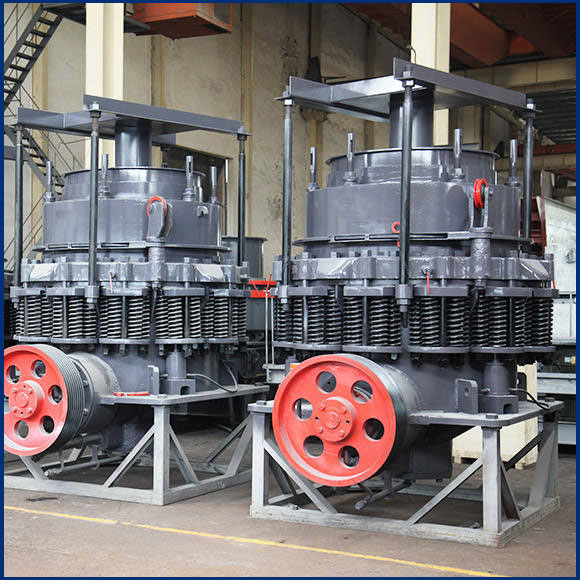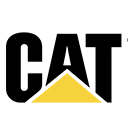Cone Crusher
Description
Description
Stone Crusher Specifications
| Model | Movable Cone Diametermm (inch) | Chamber Style | Opening Side | Closed Side | Discharging Opening (mm) | REV (r/min) | Power (kW) | Capacity (t/h) | Machine Size (mm) |
| Max.Feeding (mm) | |||||||||
| CS75B | 900 (3′) | fine | 83 | 102 | 9-22 | 580 | 75 | 45-91 | 2821×1880 ×2164 |
| coarse | 159 | 175 | 13-38 | 59-163 | |||||
| CS75D | 900 (3′) | fine | 13 | 41 | 3-13 | 580 | 75 | 27-90 | 2821×1880 ×2410 |
| medium | 33 | 60 | 3-16 | 27-100 | |||||
| coarse | 51 | 76 | 6-19 | 65-140 | |||||
| CS160B | 1295 (4 1/4′) | fine | 109 | 137 | 13-31 | 485 | 185 | 109-181 | 2800×2342 ×2668 |
| medium | 188 | 210 | 16-31 | 132-253 | |||||
| coarse | 216 | 241 | 19-51 | 172-349 | |||||
| CS160D | 1295 (4 1/4′) | fine | 29 | 64 | 3-16 | 485 | 160 | 36-163 | 2800×2342 ×2668 |
| medium | 54 | 89 | 6-16 | 82-163 | |||||
| coarse | 70 | 105 | 10-25 | 109-227 | |||||
| CS240B | 1650 (5 1/2′) | fine | 188 | 209 | 16-38 | 485 | 240 | 181-327 | 3911×2870 ×3771 |
| medium | 213 | 241 | 22-51 | 258-417 | |||||
| coarse | 241 | 268 | 25-64 | 299-635 | |||||
| CS240D | 1650 (5 1/2′) | fine | 35 | 70 | 5-13 | 485 | 240 | 90-209 | 3917×2870 ×3771 |
| medium | 54 | 89 | 6-19 | 136-281 | |||||
| coarse | 98 | 133 | 10-25 | 190-336 | |||||
| CS400B | 2134 (7′) | fine | 253 | 278 | 19-38 | 435 | 400 | 381-726 | 5200×4300 ×4700 |
| medium | 303 | 334 | 25-51 | 608-998 | |||||
| coarse | 334 | 369 | 31-64 | 870-1400 | |||||
| CS400D | 2134 (7′) | fine | 51 | 105 | 5-16 | 435 | 400 | 190-408 | 5200×4300 ×4700 |
| medium | 95 | 133 | 10-19 | 354-508 | |||||
| coarse | 127 | 178 | 13-25 | 454-599 | |||||
Stone Crusher Highlights
CS Spring Cone Crusher Working Principle
When the CS Spring Cone Crusher works, driven by the motor, the eccentric sleeve rotates under the combined action of the triangular belt, big belt pulley, transmission shaft, bevel pinion and bevel gear wheel. Then, under the action of the eccentric sleeve, axis starts to rotate, too. During which, the crushing wall would be sometimes close to or sometimes away from the rolling wall. This motion forces materials to be shocked, squeezed and broken continuously in the crushing cavity between the crushing wall and the rolling wall. Finally, materials are discharged out of the machine when their fineness reaches the discharging standard.
- 1. Reliable Performance - Classical Structural Design
- 2. Multiple Cavity Types Suitable for Different Working Conditions
- 3. The Principle of Lamination Crushing Brings Better Discharging Size
- 4. Hydraulic Lubrication System Makes Operations Easier
- 5. Digitalized Processing, Higher Precision
- 6. Sufficient Supply of Spare Parts, Worry-free Operation
- 2. Multiple Cavity Types Suitable for Different Working Conditions
- 3. The Principle of Lamination Crushing Brings Better Discharging Size
- 4. Hydraulic Lubrication System Makes Operations Easier
- 5. Digitalized Processing, Higher Precision
- 6. Sufficient Supply of Spare Parts, Worry-free Operation
Send your message to us








